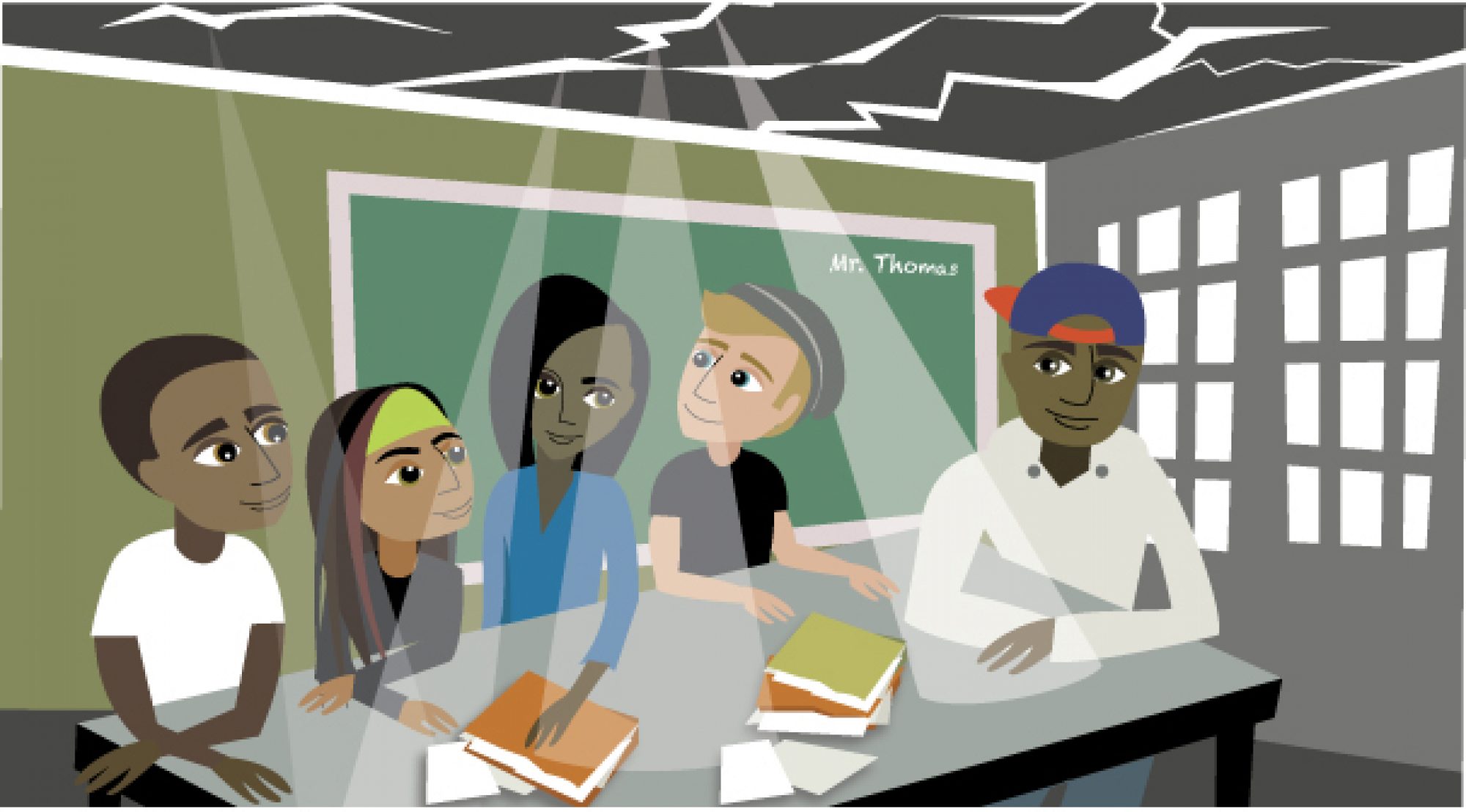
As the fleeting days of summer break take their toll on my anxiety level, most days see quite a bit of course planning. After all, one of the luxuries of this seasonal respite from teaching is time. My transition from high school to middle school social studies a whole new set of lessons. This means beginning with a final set of expectations from which all other activities derive.
There’s something that seems to get lost when planning for students assigned to alternative education programs. Does our reverse planning really meet the students where they are academically or do we plan for where we think our students should be?
Building a scaffold around the standards
The easy part of reverse planning is organizing the district’s academic standards for each course. But what if your students don’t have a good handle on the vocabulary that makes up those standards?
Long before you pre-teach the vocabulary for a lesson, it is critical that students, particularly those from poor households, really understand the terms of the course’s expectations.
I’ve taken key terms from Indiana’s 7th and 8th-grade social studies standards and broken them down into three groups.
- Measurable action verbs
- Vocabulary possibly unfamiliar or with more than one meaning
- Domain-specific terms


Meeting the students where they are
During that first week of school, (or soon after the student arrives during the semester), I’ll give the survey of words found in the standards that may be unfamiliar. Already on an interactive word wall will be the action verbs. Revealed when the term is lifted will be the applicable definition. The domain-specific terms will be introduced throughout the course as content requires.
By ensuring the students receive a good grounding on the terms that set the expectations for the semester, we can take some of the shock out of returning to school in August. More importantly, by meeting the student’s academic needs early in the year, we’re mitigating a source of stress that could be an obstacle for real growth.
